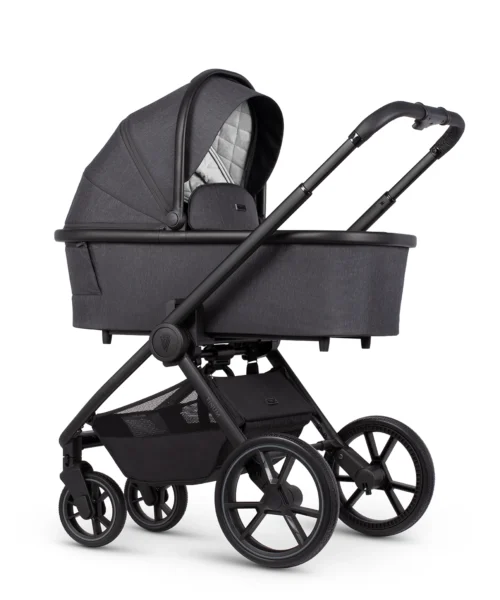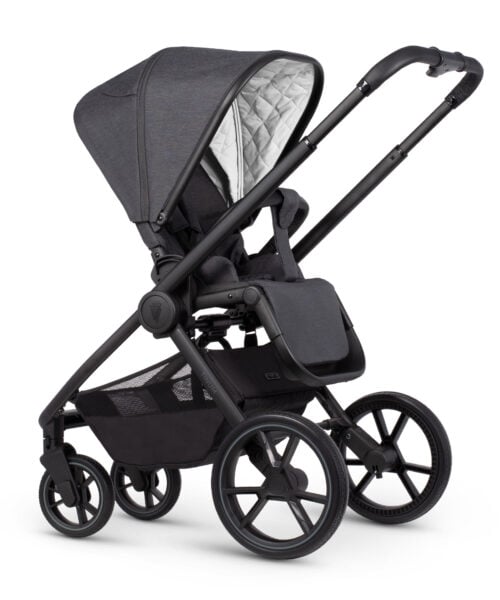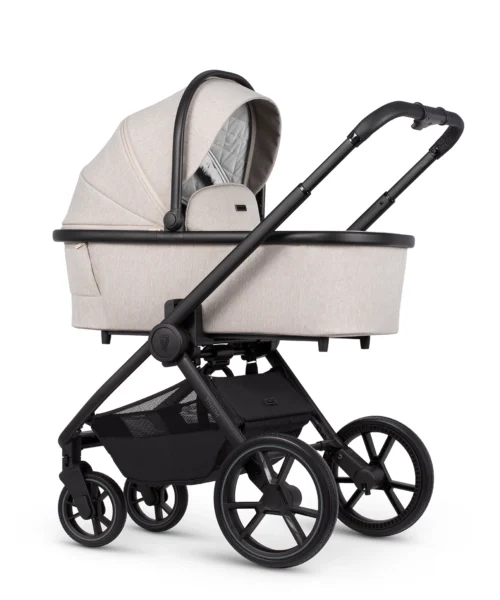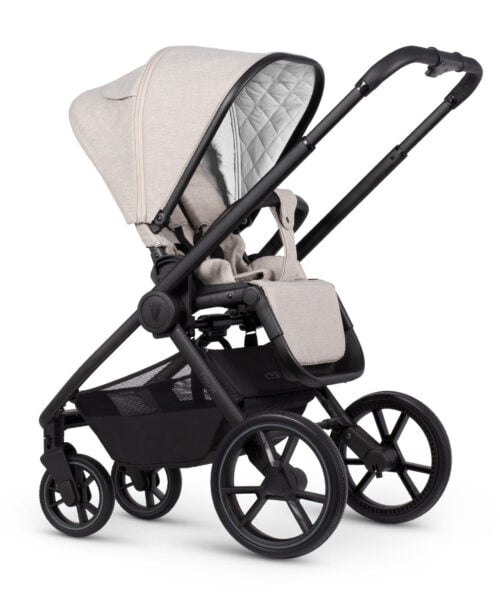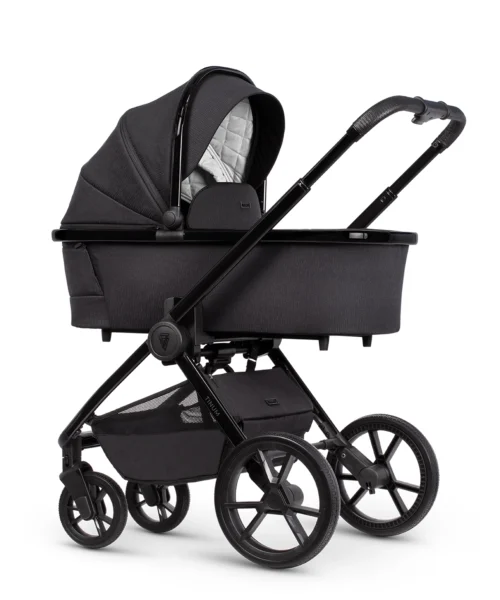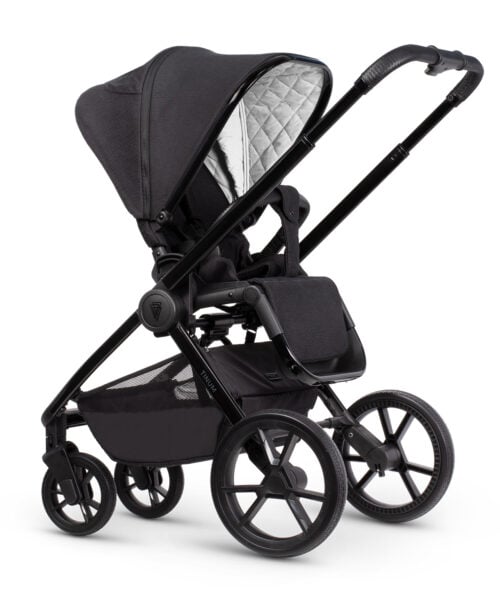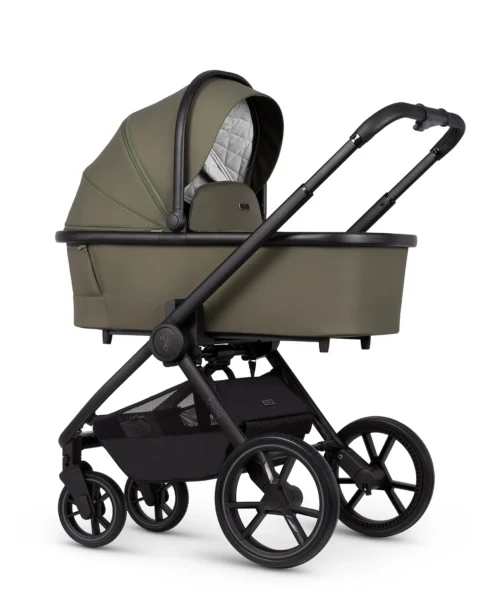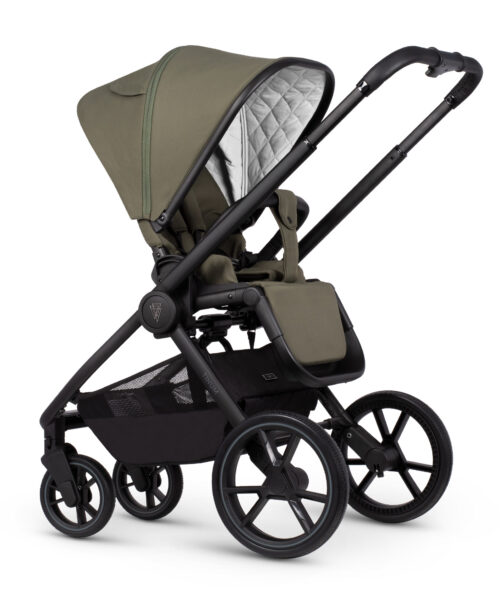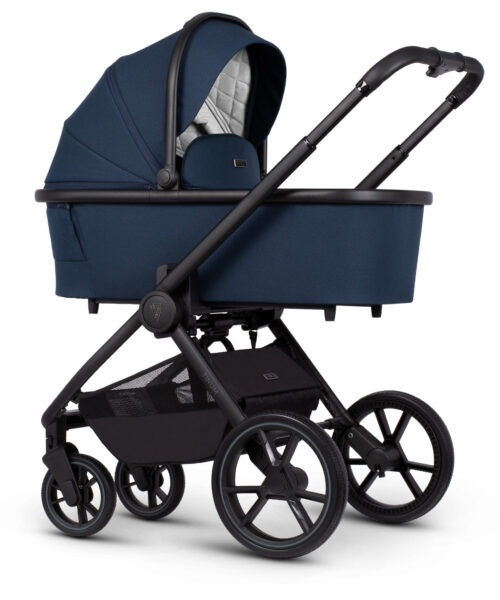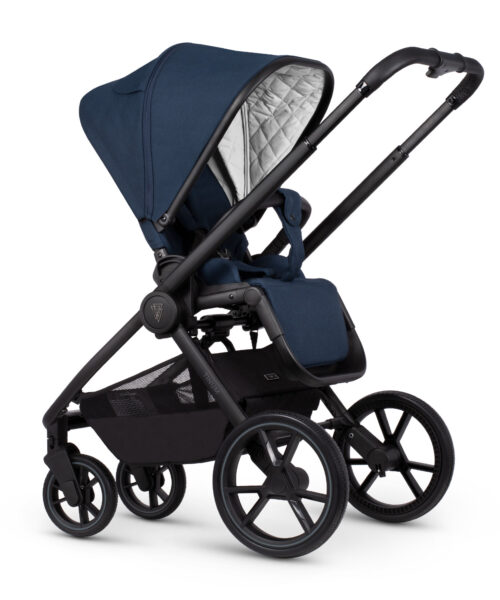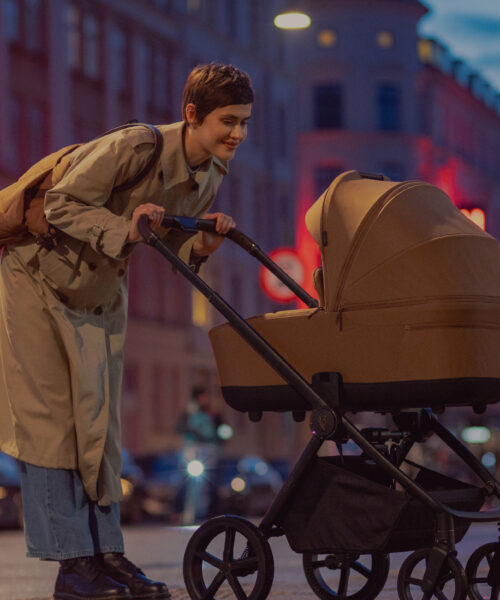Choosing a pushchair can be quite challenging, as every parent wants the best for their child. The task becomes even more complicated when parents encounter various terms, such as prams, pushchairs, strollers, and buggies, during the research process. Although these terms are sometimes treated as synonyms, there are essential differences between them that affect how a particular model will function in everyday use.
Contents
That's why, in our latest article, we aim to explain these differences in more detail to help you choose the best option for you and your little one. So, let's delve into the differences between prams, pushchairs, and strollers.

The main differences between pushchair, buggy and stroller
There are various categories of baby transportation models on the market, each with its own unique features. These differences are intentional, and the models can be categorised into four types
- Prams.
- Pushchairs.
- Buggies.
- Strollers.
The differences are not only in the terminology but also in the purpose of the baby product. Does this mean a parent should have four different products to ensure the best possible development for their child? Not necessarily, as some offer overlapping functions.
Knowing the key differences between the various types will help you choose the one that best suits your family’s needs, personal style and everyday life.
Prams vs strollers
The first two categories are easy to distinguish, as the purpose of each is clearly defined. Moreover, families who use prams in the first few months of their baby’s life are likely to use pushchairs when they grow up.
Why? The answer is simple:
- Prams are dedicated to newborns and babies up to around six months. Their deep, sturdy carrycot allows your child to lie comfortably on their back. The prams are specially tailored to your child’s needs – with a sun hood, soft and safe walls and a comfortable mattress.
- Strollers can be used in a sitting position, so they are suitable for children who have already mastered this skill. They are usually light, compact and easy to fold. They work well during everyday activities, great for short distances and straight routes (e.g. around the park or on a pavement).
The above two categories are relatively easy to distinguish, but confusion arises when pushchairs come into play. So, what are they?

What is the difference between a stroller and a pushchair?
Both strollers and pushchairs can be described as chairs on wheels because they allow your child to travel in a seated position. Not surprisingly, the distinction between the two categories is a little tricky.
In simple words, pushchairs are more advanced versions of strollers. They easily adapt to your child’s needs and can be used for longer distances. Moreover, their design allows you to switch between a pushchair seat and carrycot, which means they can also be used for newborns. This distinction raises further questions: for instance, are pushchairs and prams essentially the same thing? No, but 2-in-1 or 3-in-1 pushchairs include features from both categories so that they can be used from birth until the child is ready to walk independently.
You already know the difference between a pushchair and a pram and what a stroller is. This brings us to the final term to explain: ‘buggy’. This is quite easy because people use it as a synonym for any transportation set, although the word is most commonly used to refer to prams or pushchairs.
And if you need to know more about what to consider when buying a pram for your baby, our article , ‘How to buy the perfect pram: a buying guide‘, will help you!
Most popular prams and pushchairs
Quick summary: key differences among the product categories
That was a lot of information, so it’s time for a brief summary!
- Pram vs Stroller – prams are models for the youngest children (up to six months). Newborns need to travel in a lay down position.
- Strollers – lightweight daily walking models for babies from around six months. They allow the baby to sit when travelling.
- Pushchair vs Stroller – pushchairs are advanced stroller models, sturdy and robust. The extended versions can be used from the baby’s first moments by adding a carrycot.
- Buggy – a term commonly used interchangeably with all categories but most often refers to strollers and pushchairs.

Which pram should you choose for your baby?
Knowing the differences between the different terminologies is one thing, but the most important thing is still choosing the best model for your child. To ensure that the product you choose is the perfect fit for both child and parents, there are a number of factors to consider.
Which factors should you consider? You’ll find out in our forthcoming article, ‘3 Things to Consider Before Buying a Pram. Be Sure to Read It!‘.
